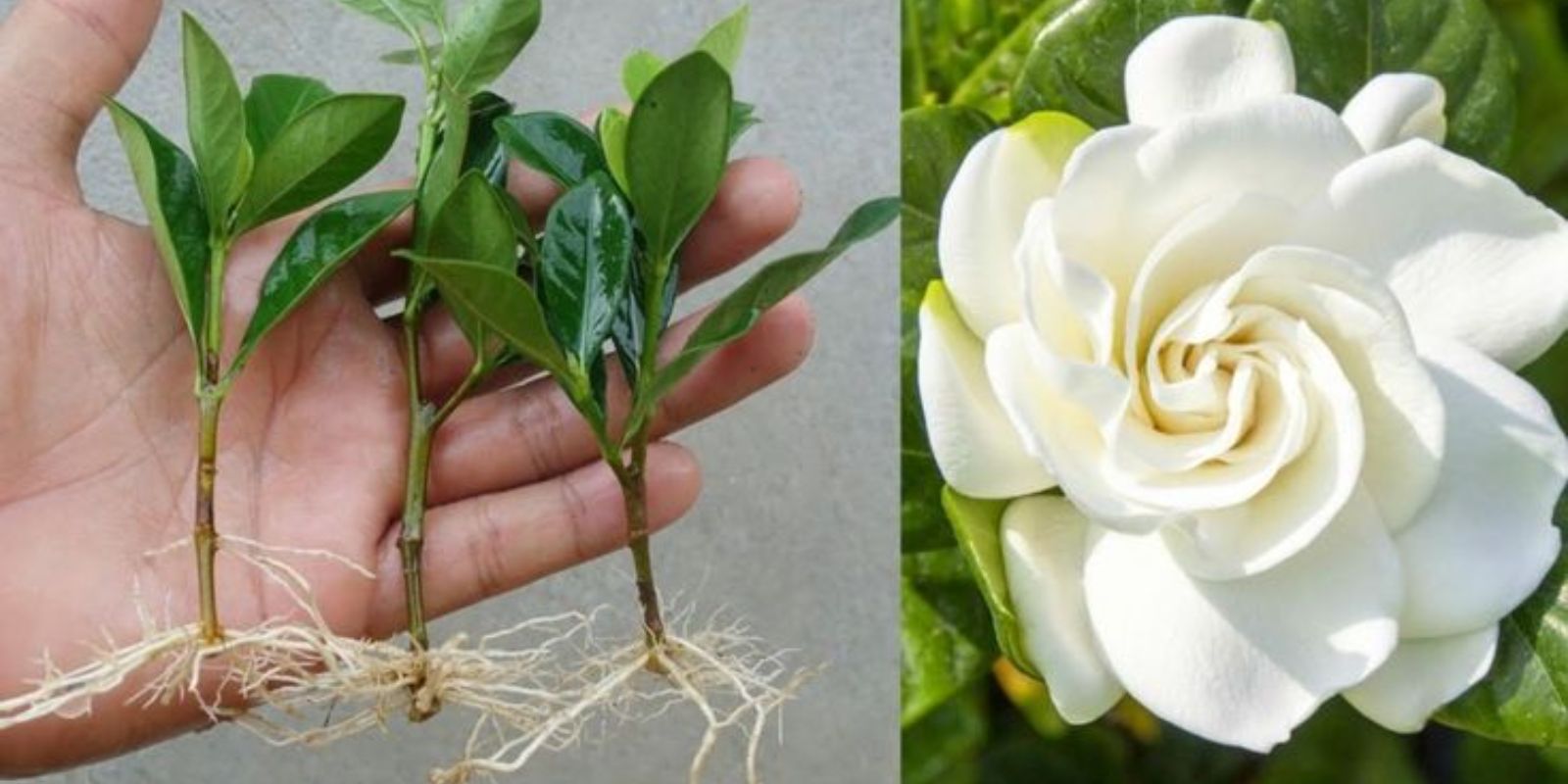Gardenias and jasmine are beloved for their intoxicating fragrance and elegant blooms. But did you know you can propagate these stunning plants infinitely using techniques that professional florists swear by? This guide will walk you through the process step-by-step, so you can enjoy an endless supply of gardenias or jasmine in your garden or home.
Why Gardenias and Jasmine?
Gardenias and jasmine aren’t just beautiful to look at; they are also symbols of purity and love. Their delightful scent enhances any space, and their glossy leaves add lushness to your garden. Propagating these plants not only helps you save money but also allows you to expand your green space with minimal effort.
The Step-by-Step Guide to Propagating Gardenias and Jasmine
Step 1: Choosing the Right Cutting
- Select a healthy, mature gardenia or jasmine plant.
- Look for a branch with new growth but avoid overly woody stems.
- Cut a 4–6-inch segment just below a node (the point where leaves or buds emerge).
Pro Tip: Take cuttings in the morning when the plant is hydrated and full of energy.
Step 2: Preparing the Cutting
- Remove all the leaves from the lower half of the cutting, leaving a few leaves at the top.
- Trim any buds or flowers, as these can drain energy from the cutting.
- If the cutting has excess sap, allow it to air-dry for about an hour to prevent rot.
Step 3: Use Rooting Hormones for Better Results
- Dip the cut end into rooting hormone powder or gel.
- Natural alternatives include cinnamon or honey, which have antifungal properties.
Why This Works: Rooting hormones stimulate faster and more reliable root formation.
Step 4: Prepare the Growing Medium
- Use a pot filled with well-draining soil that’s rich in organic matter.
- A mix of equal parts sand, perlite, and compost works wonders for these plants.
- Water the soil until it’s moist but not soggy.
Step 5: Plant the Cutting
- Insert the cutting into the soil, ensuring at least two nodes are below the surface.
- Gently press the soil around the cutting to provide support.
Pro Tip: Plant multiple cuttings in one pot to increase your success rate.
Step 6: Create a Humid Environment
- Cover the pot with a clear plastic bag or a plastic bottle cut in half to create a mini greenhouse.
- Place the pot in a location with bright, indirect sunlight.
Why This Works: High humidity accelerates rooting and keeps the cutting hydrated.
Step 7: Monitor and Maintain Moisture
- Keep the soil consistently moist but avoid overwatering, which can lead to rot.
- Mist the leaves occasionally to maintain humidity.
Step 8: Be Patient
- Root formation typically takes 4–6 weeks.
- You’ll know roots have developed when you see new leaf growth or feel resistance when gently tugging the cutting.
Transplanting and Ongoing Care
Step 9: Transplant to a Larger Pot or Garden
Once the cutting has established roots, it’s time to transplant it.
- Choose a larger pot or a suitable spot in your garden.
- Gardenias prefer acidic soil, while jasmine thrives in slightly alkaline to neutral soil.
- Ensure the location receives adequate sunlight.
Step 10: Prune and Shape for Better Growth
- Regular pruning encourages branching and more blooms.
- Remove any dead or damaged parts to direct the plant’s energy to healthy growth.
Step 11: Repeat the Process
- Propagation isn’t a one-time task. You can continue taking cuttings from your new plants to propagate even more gardenias and jasmine.
- By repeating this cycle, you’ll create an infinite supply of these stunning plants.
Tips for Long-Lasting Success
1. Prevent Pests and Diseases
- Inspect plants regularly for pests like aphids and spider mites.
- Use neem oil or a homemade insecticidal soap to keep them at bay.
2. Fertilize Wisely
- Use a balanced fertilizer with added magnesium and sulfur for gardenias.
- Jasmine benefits from a nitrogen-rich fertilizer during the growing season.
3. Provide Optimal Watering
- Both plants prefer consistent moisture but dislike waterlogged soil.
- Use a mulch layer to retain soil moisture and regulate temperature.
4. Manage Sunlight
- Gardenias need partial shade to full sun, depending on your climate.
- Jasmine thrives in full sun but tolerates light shade.
Why This Method Works
This propagation method mimics natural plant growth conditions, ensuring higher success rates. By using healthy cuttings, rooting hormones, and a controlled environment, you give the plant everything it needs to grow strong roots and flourish.
Engage with Us!
Have you tried propagating gardenias or jasmine before? Share your experiences and tips in the comments below. If you’re excited to try this florist-approved method, let us know how it works for you!
🌿 #PropagationSecrets #GardeniaLovers #JasmineJoy #FloralFragrance #GardeningMadeEasy 🌿

